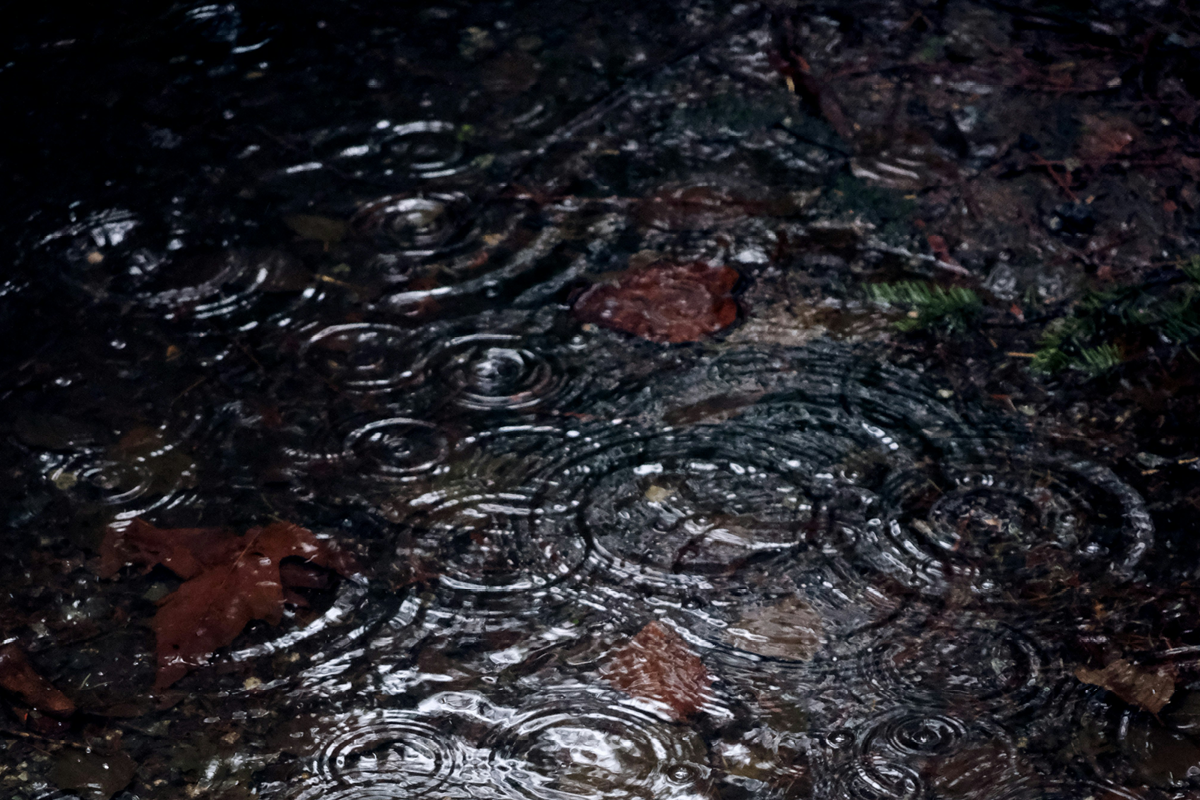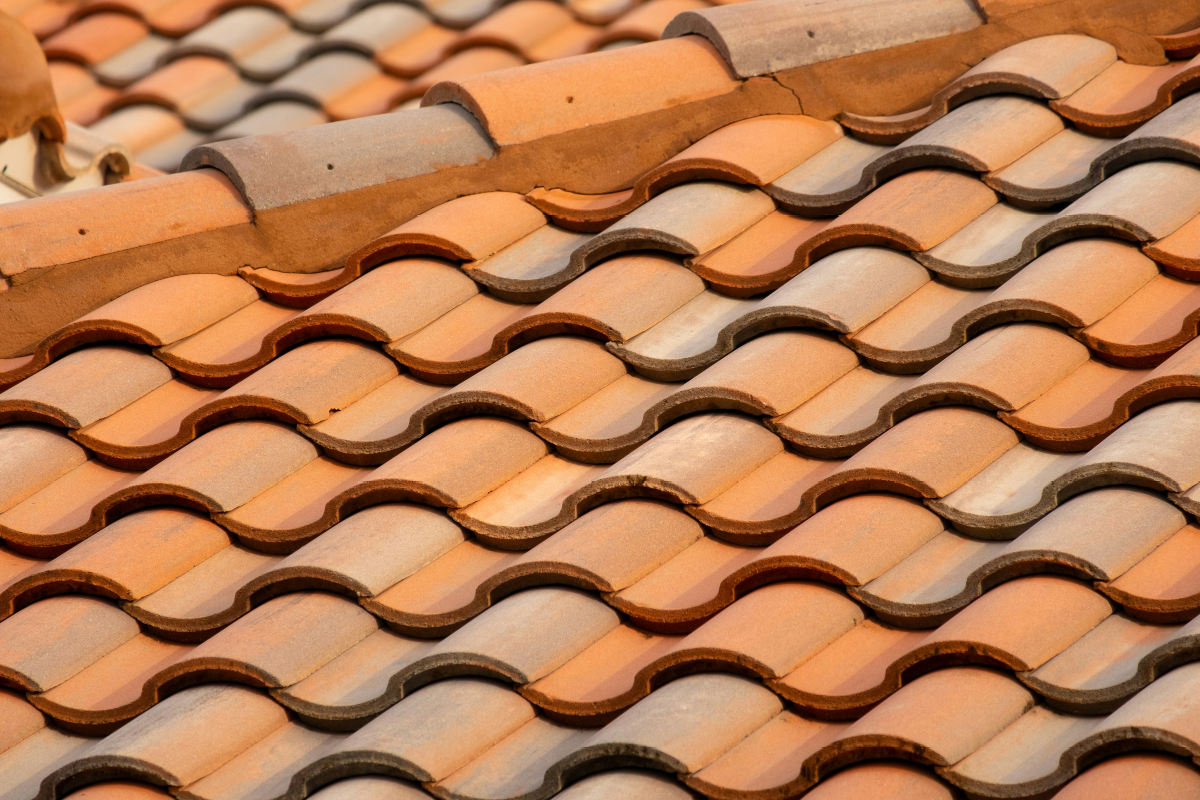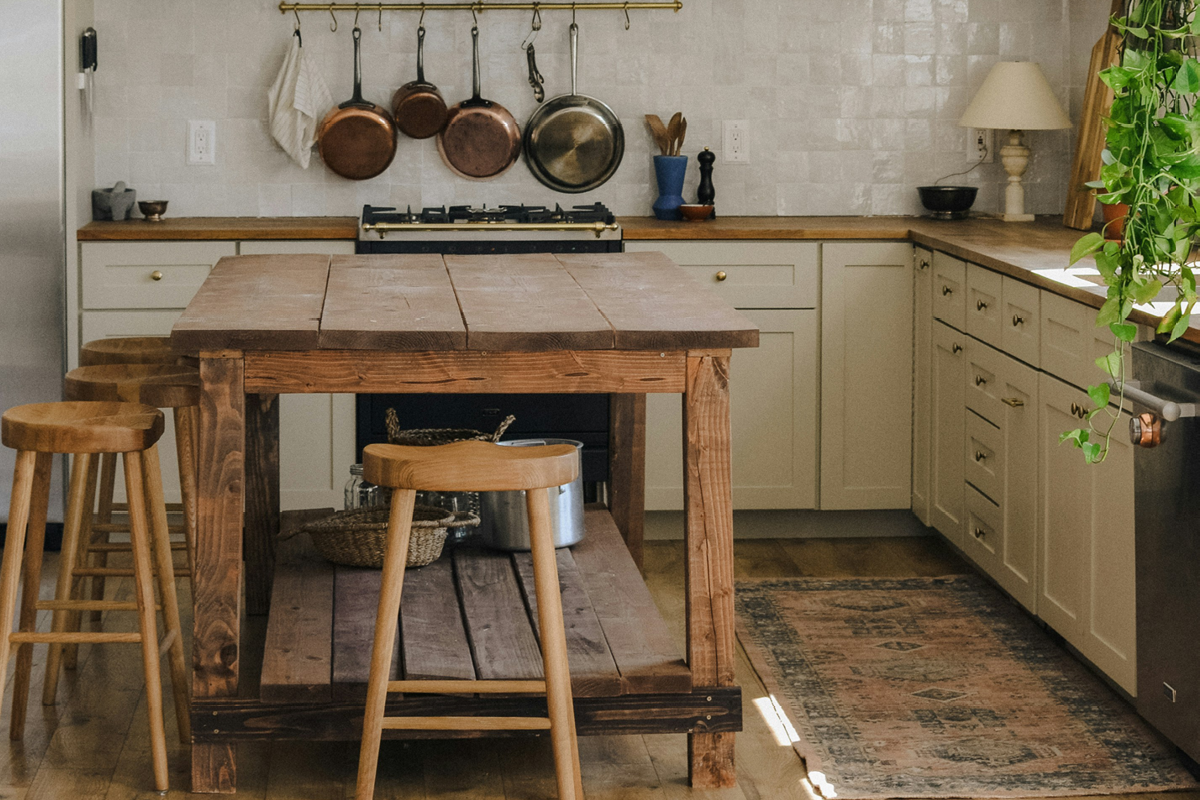IS RAINWATER GOOD FOR HOUSEPLANTS?
When it comes to watering our houseplants, many of us will simply head straight to the sink to fill up our watering cans. Tap water is mostly completely safe for plants, but it does often contain minerals and chemicals that build up in the soil over time.
Rainwater, a more natural source, is free of many salts, minerals, and chemicals and is a gentle way to water your houseplants. In this article by gardening and plants expert Harry Bodell at PriceYourJob.co.uk, you’ll learn the key benefits, how to collect and store, and water your houseplants with rainwater, and any possible issues it may pose:
Why is Rainwater Good for Houseplants?
Many people who have already made the switch to rainwater will tell you that it led to them seeing huge improvements in the overall health, appearance, and vibrancy of their plants – but why? Here are some of the key benefits and how they can help your houseplants:
It is Soft
The key advantage of watering with rainwater is that it is naturally soft, so it contains very few minerals and chemicals compared to the water that comes out of your tap. In certain areas, tap water may contain chemicals such as fluoride, which, over time, can build up in the soil and have negative effects on your plant’s health.
By opting for rainwater, you are ensuring that each time you water, you are providing the moisture that your houseplants need without any of these additives that may build to potentially harmful levels over time. In addition, the clean water will help to flush out excess salts and chemicals, returning the soil to a healthier state.
It is Slightly Acidic
While most houseplants can tolerate a range of pH levels, most tend to live in a soil that is slightly more alkaline than what is ideal, due to the compounds found in tap water that are used to protect metal water pipes from corrosion.
Rainwater is more acidic, and by using it consistently over time, you can begin to lower the pH of the soil to one that is more nourishing for your plants. Many plants prefer a slightly acidic environment to really thrive, so in switching to rainwater, you could be setting them up for long-term success.
It Contains Nitrates
Nitrogen is one of the big three macronutrients responsible for plant growth and is found in a range of fertilisers. It is typically utilised for leafy stem growth and keeping plants a healthy, vibrant shade of green. Around 75% of the atmosphere is composed of nitrogen, but most of it is in a very stable form of gas that is not easily accessible to plants.
There are, however, other forms of nitrogen, called nitrates, floating around that can easily get absorbed by falling rain droplets and be deposited into the soil. Plants can then use their root systems to absorb them and begin to develop a healthier, greener appearance. By collecting rainwater for your indoor plants, you are ensuring that they, too, receive the benefits these nitrates bring!
How Can I Collect Rainwater?
There are a number of different ways to collect rainwater, ranging from very basic to very high-tech. Here are some of the simpler ways that you can start to collect it at home:
Collect in Containers
The easiest option is to put out containers or buckets in your garden or other outdoor areas and wait for the rain to come. Naturally, how much rain you manage to gather through this method will likely depend on the time of year and the expected rainfall for that season.
Use only clean containers that are completely free of chemical or oily residues. If you want to be extra careful, select plastics that are considered ‘food safe’, which means they won’t easily leech any residues or chemicals into the water.
Rain Barrels
Rain barrels are very popular for rainwater collection, as they are a good size and easy to hook up to downspouts coming from the gutter, allowing you to collect all of the water that runs off your roof.
Typically, just one rain barrel will be perfect for watering houseplants, but if you do want to collect more and space allows, you can set up an array. This means diverting the water from your downspout into one barrel and then placing more barrels at lower positions for the overflow to drain into.
Collect Snow
This one is certainly a seasonal option and may not even be possible every year, but it can generate plenty of clean water. Just fill up any large container with snow, bring it inside and let it melt and rise to room temperature.
Try to only collect fresh snow without dirt or debris, and stay away from roadsides where the snow may have been ploughed from salted roads. I’m sure if you have any or know any children, they will be more than happy to help with this collection method!
How Do I Water My Houseplants with the Rainwater Collected?
Once you have collected enough rainwater using your chosen method, you can begin to store it and use it to water your houseplants. If you have used lots of small containers, it is a good idea to move them into a larger, deeper bucket, preferably with a lid. This will make it easier to dip a watering can in, and the lid will keep the water clean and fresh.
If you have purchased a rain barrel, you can take your watering can out and fill it with the tap near the bottom of the barrel. Typically, water stored in rain barrels will stay clean for a while, but it is worth flushing it out every so often in order to provide your plants with the freshest water.
Monitor your plants over time, paying special attention to their growth and colour and the conditions of the soil that they are in. Within a matter of weeks, you should start seeing improvements to their health and appearance as the benefits of clean rainwater start taking effect!
Can Rainwater Harm My Houseplants?
Rainwater is typically considered a clean source of water for living things, so there are few cases where it could harm your houseplants. Just be mindful of the area that you live in, and if there are likely to be any industrial chemicals in the air, and chemicals that may transfer from items used for collection.
Another thing to be mindful of is water temperature, which can fluctuate massively in outdoor conditions. To avoid subjecting your houseplants to extremely hot or cold water, which could damage their delicate root systems, allow it to sit inside until it reaches room temperature before use.
Final Thoughts
Overall, the answer to the question “Is rainwater good for houseplants?” is yes! Not only is it an eco-friendly and cheap way of conserving water, but your plants will also benefit from its purity, as it helps to restore soil balance, align pH levels, and provide essential nutrients.
In getting creative with your collection setup and storing the water carefully for maximum freshness, you can see your houseplants thriving in no time!
MORE ABOUT THE AUTHOR… HARRY BODELL: Harry Bodell is a UK-based landscaper with over 10 years of experience in the industry. As a gardening expert for PriceYourJob, Harry offers his expert advice to tradespeople and homeowners around the world. He has also been featured as a gardening expert in a wide range of reputable publications.












